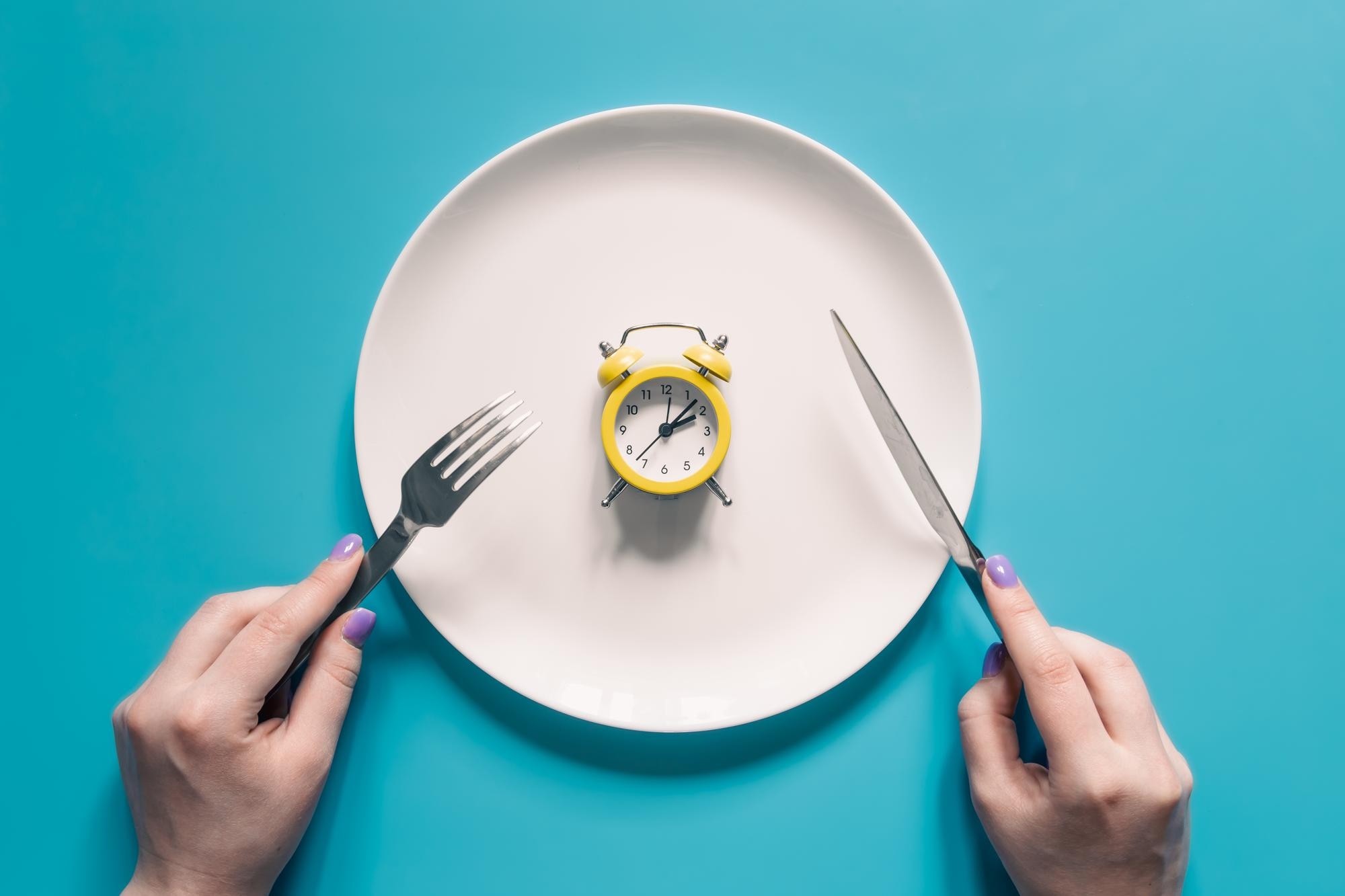Breaking the 16:8 Myth: Intermittent Fasting for Your Unique Body
Picture yourself in a clothing store, trying on a one-size-fits-all shirt. While you may find it uncomfortably tight or loose, others may find it fitting them perfectly!
This is also true for intermittent fasting – a trend that has taken the health and wellness world by storm. While it works wonders for some, it leaves others scratching their heads, wondering why it doesn’t quite suit them.
So, let’s talk about intermittent fasting and debunk the myth of a universal approach!
First, understand the box!
Intermittent fasting, like the popular 16/8 method, sounds straightforward – eat within an 8-hour window, then fast for 16 hours.
But here’s the thing: What works for one person might not work for another. We’re all different, with unique bodies and lifestyles.
Think of it this way – your body is like a fingerprint, totally unique.
Factors such as age, geographical location, stress levels, medical conditions, dietary habits, and genetics all play a role in determining what fasting regimen, if any, suits an individual.
So, instead of trying to fit into the prescribed box of 16/8, find what aligns with your body’s unique needs.

Time to break free from intermittent fasting trends and shift your mindset!
We live in a world of trends, where everyone seems to be doing the same thing. But when it comes to your health, it’s okay to go against the grain.
Instead of blindly following the crowd, listen to your body and do what makes sense for you.
Before diving into any health craze, ask yourself why. Why does intermittent fasting make sense for you?
By understanding your own needs and motivations, you can make choices that actually benefit you – not just what’s popular!
So, how do you make fasting work for you?
Try Smart Fasting: Tuning into circadian rhythms!
Forget about long fasts or complicated schedules – Smart Fasting revolves around your circadian rhythm (sunset to sunrise intermittent fasting).
Our bodies operate on intricate cycles based on the circadian rhythm – the internal clock that regulates wakefulness, sleep, activity, and rest.
Just as nature follows a rhythm of day and night, our bodies also thrive when we follow the cycles of feast and fast, activity and rest.
Whether we feast or fast, sleep or wake, it’s about working in alignment with your body’s natural rhythms rather than against them.
It sounds simple, right? Yet, listening to your body can be challenging. But here’s the thing – your body knows best.
- For instance: If you finish dinner at 7 p.m. and wake up not feeling hungry at 7 a.m., that’s okay. Maybe you wait until 8 or 9 a.m. before eating – the key is to honor your body’s natural rhythm. When you do feel hungry, give it a moment. If the hunger persists, then it’s time to eat. If not, trust that your body isn’t ready just yet.

Consider your unique circumstances – from thyroid issues to lactation – and adjust your fasting approach accordingly.
For example, extended fasts may not be suitable for everyone, especially those with thyroid issues. And if you’re lactating or feeding, your body needs energy – fasting might not be the best option.
Instead, focus on incorporating shorter fasts into your routine and listen to how your body responds.
Know what happens to your body when you intermittently fast.
Start by aligning fasting with your intentions!
Before embarking on a fasting regimen, it’s crucial to clarify your intentions.
Are you fasting solely for fat loss, or do you seek improved hormonal balance and overall health?
Here’s the truth: Contrary to popular belief, fasting isn’t solely about shedding pounds. Instead, it’s about fostering better hormonal balance, which, in turn, can facilitate sustainable fat loss.
When approached thoughtfully, intermittent fasting can offer numerous health benefits, including improved immunity, hormonal balance, and overall well-being.
Here’s a success story of one of my clients who used intermittent fasting to lose weight and improve overall health!
Read the powerful journeys of our clients after adopting it:
“I would like to thank Luke and his team for the 3-day intermittent fast. I have done several diets under numerous dietitians but the pattern and method you suggested are outstanding. I feel light, full of energy, charged and happy.”
“When I started intermittent fasting, my objective was to get leaner and stronger and CLEAN from the inside. Today after almost 3 months, I weigh 127 pounds and feel like the body fat has melted, feel stronger, more energized and above all CLEAN from the inside.”
“Apart from switching to healthier alternatives, following a monthly intermittent fasting routine also greatly helped me get in shape.”
Pay attention to physical hunger cues and not emotional cravings!
Genuine hunger signals indicate a physiological need for nourishment, while cravings may stem from external factors like stress or blood sugar fluctuations.

By being mindful of these distinctions, you can make informed decisions about when to eat and what to consume.
Overeating or indulging in unhealthy foods occasionally is part of being human. However, it’s essential not to punish yourself with strict fasting or excessive exercise the next day.
Looking for some healthy options? Try these delicious fasting recipes!
Approach each day with a mindset of balance and self-compassion. If you go off track one day, there’s no need for drama – simply realign with your natural rhythms the next day.
Fasting doesn’t have to be rigid or restrictive.
Give yourself the flexibility to extend your fasting period when it feels right instead of forcing all your meals into a narrow eating window.
Maybe you naturally fast for 12 hours one day and 15 hours the next – that’s okay. For instance, you have breakfast at 10 a.m., lunch at 2 p.m., and dinner at 7 p.m. – that’s a four-hour gap between meals.
By allowing these natural breaks, you’re giving your body time to rest and reset.
Expert Tip: Align your eating patterns with the rhythm of the sun – have early dinners, ideally before sunset, and wait until sunrise to break your fast – you will be able to harmonize with the laws of nature and optimize your health.
When done right, fasting should leave you feeling energized, not fatigued or irritable!
Don’t wait and take action, read this: Beginner’s Guide to Intermittent Fasting: Benefits, Dos and Don’ts, and More.

The last word
Intermittent fasting isn’t a one-size-fits-all solution; it’s a personalized journey.
By understanding our unique bodies and aligning fasting with our natural rhythms, we can unlock its full potential for health and well-being.
So fast the smart way, or don’t fast at all. But do it the right way!
Join The Fasting Revolution Now:
Looking for holistic and integrative guidance on intermittent fasting or weight management?
We help you find a way.
Know more about our Wellness Programs & Weight Management Program here.
Set up a one-on-one consultation with our integrative team by reaching out to us at
1800 102 0253 or writing to us at consults@lukecoutinho.com.
|
From a pimple to cancer, our You Care Wellness Program helps you find a way Talk to our integrative team of experts today 18001020253 |









Leave a Reply